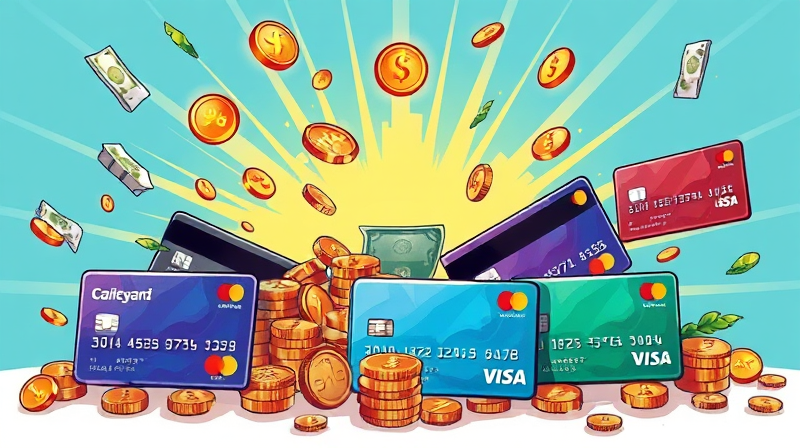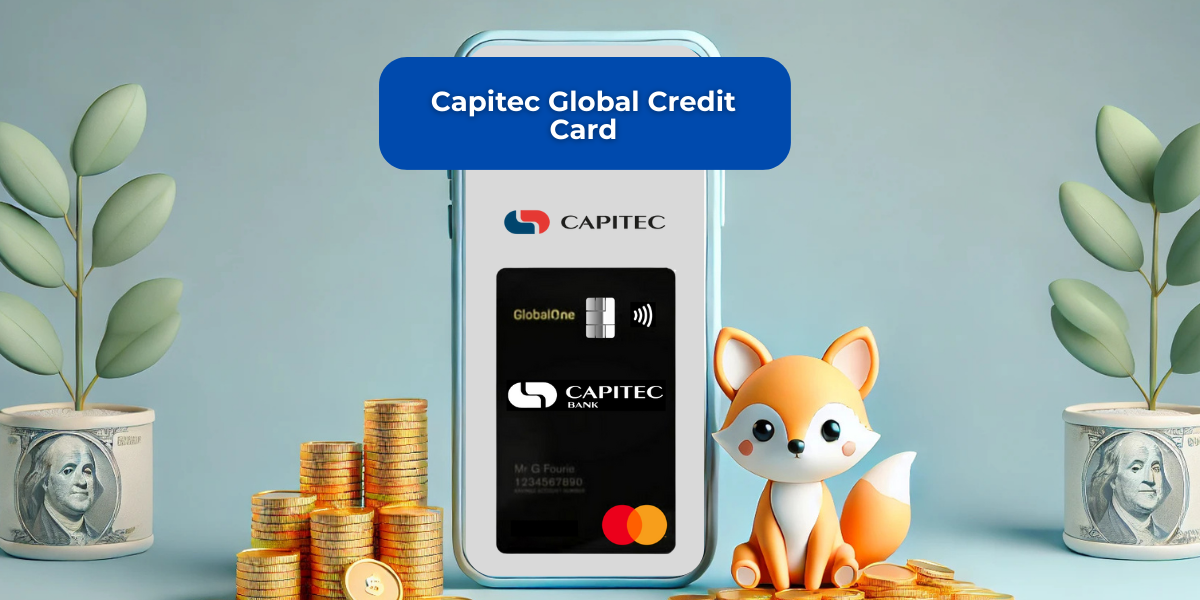In a world where plastic is king, the difference between financial freedom and burdensome debt often hinges on how we wield our credit cards. When used responsibly, credit cards unlock convenience, safety, and rewards, all while strengthening your credit profile. Yet for many, one misstep can lead to mounting balances and stress.
Embracing a debt-free approach to credit card use can feel like scaling a mountain—but with careful planning and unshakable discipline, the summit lies within reach. This guide offers a blend of inspiration, practical tools, and real-world tactics to ensure you never pay interest again.
Understanding Debt-Free Credit Card Use
At its core, debt-free credit card use means charging everyday expenses and always paying the full balance when the bill arrives. This simple principle eliminates interest charges and late fees, turning your card into a powerful ally rather than a dangerous foe.
Beyond the cost savings, responsible use delivers four major benefits:
- Enhanced safety and fraud protection compared to carrying cash.
- Access to lucrative rewards programs—cash back, points, or travel miles.
- Improved credit score through consistent on-time payments.
- A clear, itemized statement for better expense tracking.
However, these perks demand unwavering self-control and a rock-solid spending strategy.
Crafting a Smart Spending Plan
Every journey toward debt-free living starts with a blueprint: your personalized budget. By mapping income against expenses, you ensure every card swipe aligns with your capacity to pay in full.
One proven method is the 50/30/20 budget rule:
- 50% to needs: housing, utilities, groceries.
- 30% to wants: entertainment, dining, subscriptions.
- 20% to savings and debt repayment.
Use your credit card statements or budgeting apps to categorize every charge. At month’s end, review these numbers and ask yourself: “Are there non-essentials I can trim?” Perhaps that streaming subscription can wait, or dining out becomes a special treat rather than a habit.
Remember: only spend what you can afford to pay off completely each billing cycle. If that latte pushes you over the limit, shift to cash or debit for discretionary buys to avoid creeping balances.
Techniques for Paying Off Existing Credit Card Debt
Facing a balance? Two cornerstone strategies can help you conquer what you owe:
- Debt Snowball: Target the smallest balance first, then roll that payment into the next smallest. Early wins build momentum.
- Debt Avalanche: Attack the highest interest rate balance first. This method saves you the most money on interest over time.
Consider also these accelerators:
• Apply bonuses, tax refunds, or raises directly to your balances. Each windfall becomes a debt-slaying weapon.
• Slash non-essential expenses for a few months—dedicate the surplus to your highest-interest card.
• Explore consolidation options: balance transfer cards and personal loans can merge multiple debts under a lower rate, but watch for fees and promotional expirations.
Mastering Credit Card Rewards Without Debt
Rewards can feel like free money—but only if you’re starting every cycle with a zero balance. Follow these rules:
1. Choose a card aligned with your lifestyle: cash back for groceries, travel points for frequent flyers.
2. Track bonus categories rigorously and switch cards when necessary.
3. Redeem rewards smartly: travel points often yield the best value when booking flights, while some cash-back programs offer bonus rates on statement credits or low-fee gift cards.
Above all, maintain full balance payments each month. Even a small unpaid balance can wipe out reward gains in interest charges.
Behavioral Shifts for Lasting Success
Financial mastery is more than numbers—it requires changing habits and mindsets. These shifts can keep you on the path to debt-free living:
- Use cash or debit for impulse-driven purchases; it makes real the true cost of every transaction.
- Resist lifestyle inflation: allocate windfalls to savings or debt, not to a fancier wardrobe or gadget.
- Engage your household: set shared goals, track progress on a visible chart, and celebrate milestones with no-spend rewards like a picnic or game night.
Each small habit compounds, reinforcing your commitment to spending within your means.
Key Facts and Trends to Keep in Mind
Current credit card APRs typically range from 20% to 25%. Carrying even a moderate balance can add hundreds in interest over a year.
Balance-transfer offers often include 12–21 months of 0% APR, but beware of 3%–5% transfer fees. Always calculate whether the fee outweighs potential interest savings.
Finally, monitor card statements regularly to catch errors or fraud early—and to spot opportunities for upgraded rewards or lower rates.
Common Pitfalls and How to Avoid Them
Even the best intentions can be derailed by familiar traps:
- Paying only the minimum: this extends repayment by years and dramatically increases total cost.
- Ignoring promotional expirations: one missed due date can trigger a steep APR change.
- Overspending to chase rewards: points mean nothing when interest cancels their value.
Stay vigilant, check terms, and never let a promotional window close unnoticed.
Building a Framework for Ongoing Success
Consistency is your greatest ally. Automate at least your minimum payment to prevent late fees, then schedule the full amount manually or by auto-debit if your bank permits.
Quarterly, sit down to review your statement, rewards balances, and any new card offers. This ritual uncovers hidden fees, new benefit categories, or replacement cards with superior perks.
Above all, remember that credit is a tool, not an extension of income. When used with care, it offers unparalleled convenience and security—without the shadow of debt.
Conclusion
Debt-free credit card mastery is not an overnight transformation but a lifelong journey. By combining disciplined budgeting, targeted payoff strategies, smart reward redemption, and intentional behavioral changes, you can harness the full power of credit cards—zero interest, zero stress, and maximum benefit.
Embrace these strategies, commit to paying your balance in full every month, and watch how financial freedom unfolds before you. Your credit cards will no longer be a threat, but a testament to your prudent stewardship and unwavering self-discipline.
References
- https://bettermoneyhabits.bankofamerica.com/en/debt/how-to-pay-off-credit-card-debt-fast
- https://www.bairdwealth.com/insights/wealth-management-perspectives/2022/08/5-strategies-for-paying-off-credit-card-debt/
- https://www.michigansthumb.com/opinion/article/savvy-senior-strategies-paying-credit-card-debt-20312695.php
- https://www.pfcu.com/resources/education/moneyline-blog/march-2024/10-strategies-for-becoming-debt-free-in-2024
- https://www.mutualofomaha.com/advice/financial-planning/managing-debt/living-debt-free-7-effective-ways-to-help-pay-off-debt-faster
- https://www.bankfivenine.com/everyday-money/understanding-and-maximizing-credit-card-rewards-for-smart-financial-benefits/
- https://www.bankrate.com/credit-cards/news/ways-to-pay-off-credit-card-debt/
- https://wanderingaimfully.com/debt-free










